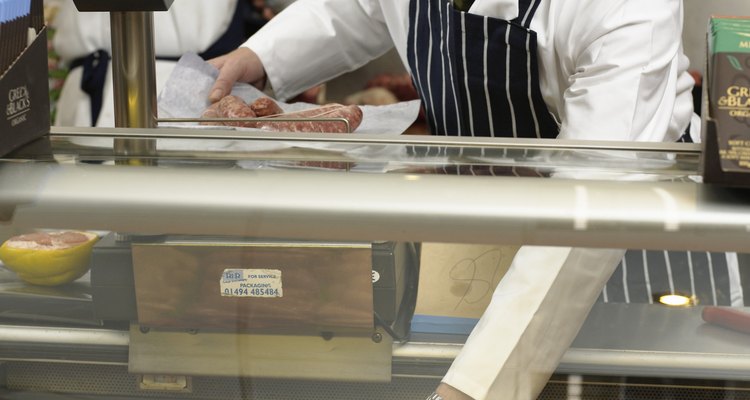
Some of the tastiest foods are meats that have been cured and smoked for long storage, such as ham, bacon or ham hocks. They're more durable than fresh meats -- sometimes startlingly so -- but they do eventually spoil like other foods. The smoking and curing process changes both the appearance and texture of the pork, so assessing whether a smoked ham hock is still usable is rather more complicated than it would be with a piece of fresh pork.
A Quick Primer
The ham hock is the very bottom part of a hog's leg, the tough and stringy portion cut from the shank end of a ham. They're usually cooked for a long time to make them tender, like lamb shanks or veal shanks. Most ham hocks, like the parent hams they're cut from, are cured in a wet brine. If they're still sealed in their original packaging, the best-before date on the package is a useful guide. Still, your eyes and nose are an indispensable second check. If the hock smells sour or fermented when you open it, or if it's oozing a sticky, slimy-feeling liquid, it should be discarded.
Dry-Cured Hocks
Some hocks are processed differently. They're hung and dried after curing, like a country-style American ham or the fabled European serrano and prosciutto hams. You'll usually find those in old-school butcher shops in ethnic neighborhoods. They're safe at room temperature or in your refrigerator, but your house doesn't offer the stable storage environment they had at the butcher's shop. Most will keep for 2 to 3 months in the refrigerator, but that time can be shortened dramatically by a humid location or any accidental exposure to moisture. If the hock develops black or green mold, smells fermented or weeps moisture, it should be discarded.
Related Articles
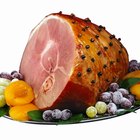
How to Store Uncooked Smoked Ham

How to Store Brussels Sprouts

How Do I Roast a Picnic Ham?

Instructions for Baking a Smoked Ham ...

How to Freeze Dry Sliced Salami

Ham Nutrition Information

Calories in Pimento Cheese

How Many Calories Are in Smoked Ham?

Cooking Instructions for a Ridge Creek ...

How to Carve a Spiral Cut Ham

The Difference Between a Spiral-Cut Ham ...

How to Slice Round Steak for Jerky

Cooking a Pig Leg
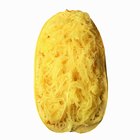
How Fast Does Cooked Spaghetti Squash ...

How to Store Apples
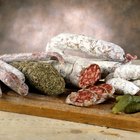
How Long Will Dry Salami Last if Not ...

How to Use a Styptic Pencil
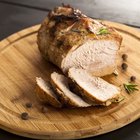
How to Cook a Tavern Ham
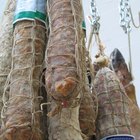
When Does Salami Spoil?

Can Eating Expired Frozen Bacon Be Bad ...
References
- U.S. Department of Agriculture Food Safety and Inspection Service: Ham and Food Safety
- Garde Manger: The Art and Craft of the Cold Kitchen; Culinary Institute of America
Writer Bio
Fred Decker is a trained chef and prolific freelance writer. In previous careers, he sold insurance and mutual funds, and was a longtime retailer. He was educated at Memorial University of Newfoundland and the Northern Alberta Institute of Technology. His articles have appeared on numerous home and garden sites including GoneOutdoors, TheNest and eHow.
Photo Credits
Michael Blann/Digital Vision/Getty Images